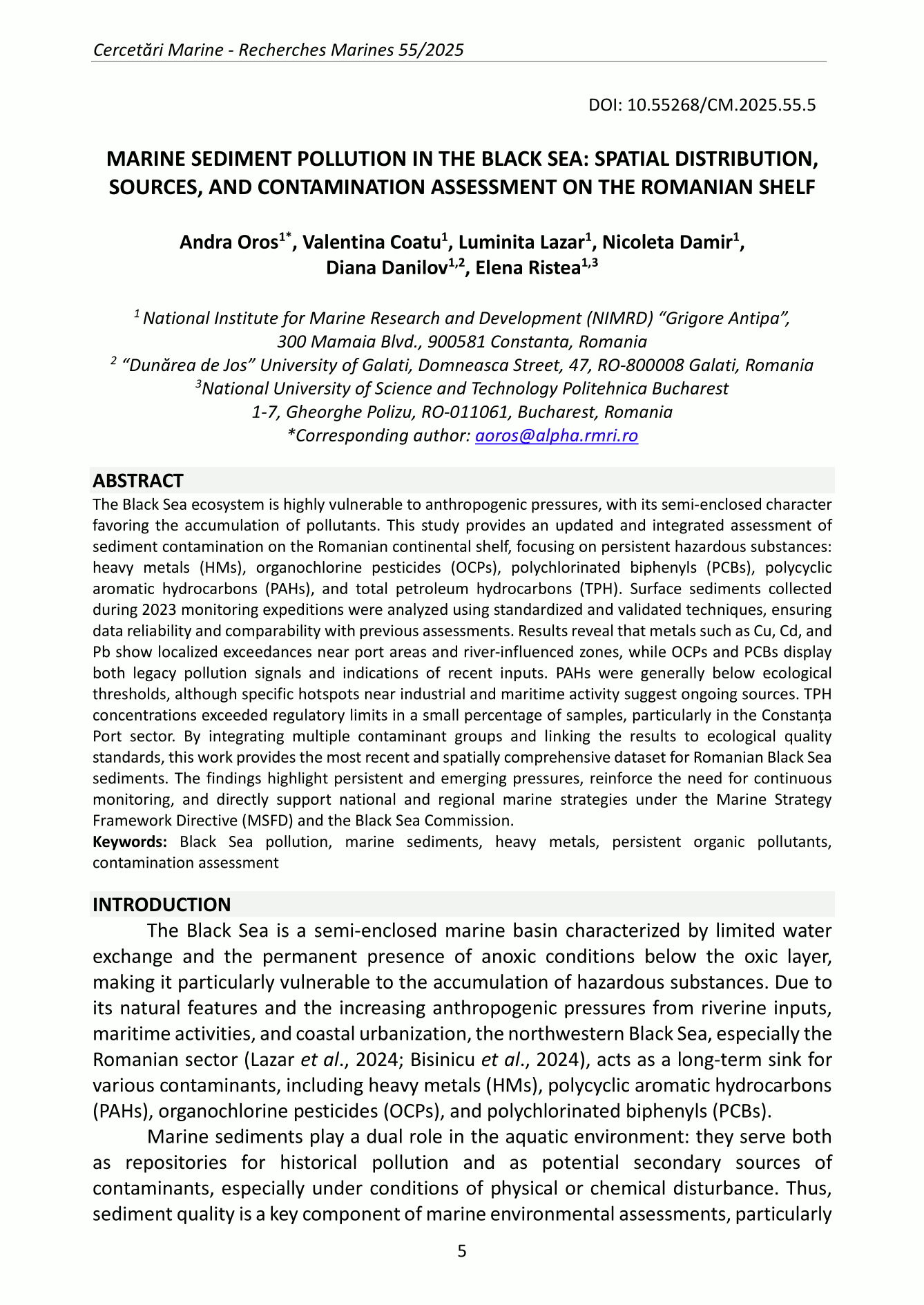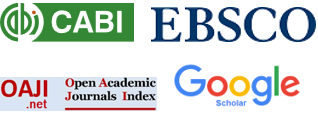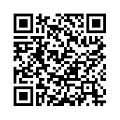MARINE SEDIMENT POLLUTION IN THE BLACK SEA: SPATIAL DISTRIBUTION, SOURCES, AND CONTAMINATION ASSESSMENT ON THE ROMANIAN SHELF
DOI:
https://doi.org/10.55268/CM.2025.55.5Keywords:
Black Sea pollution, marine sediments, heavy metals, persistent organic pollutants, contamination assessmentAbstract
The Black Sea ecosystem is highly vulnerable to anthropogenic pressures, with its semi-enclosed character
favoring the accumulation of pollutants. This study provides an updated and integrated assessment of
sediment contamination on the Romanian continental shelf, focusing on persistent hazardous substances:
heavy metals (HMs), organochlorine pesticides (OCPs), polychlorinated biphenyls (PCBs), polycyclic
aromatic hydrocarbons (PAHs), and total petroleum hydrocarbons (TPH). Surface sediments collected
during 2023 monitoring expeditions were analyzed using standardized and validated techniques, ensuring
data reliability and comparability with previous assessments. Results reveal that metals such as Cu, Cd, and
Pb show localized exceedances near port areas and river-influenced zones, while OCPs and PCBs display
both legacy pollution signals and indications of recent inputs. PAHs were generally below ecological
thresholds, although specific hotspots near industrial and maritime activity suggest ongoing sources. TPH
concentrations exceeded regulatory limits in a small percentage of samples, particularly in the Constanța
Port sector. By integrating multiple contaminant groups and linking the results to ecological quality
standards, this work provides the most recent and spatially comprehensive dataset for Romanian Black Sea
sediments. The findings highlight persistent and emerging pressures, reinforce the need for continuous
monitoring, and directly support national and regional marine strategies under the Marine Strategy
Framework Directive (MSFD) and the Black Sea Commission.

Downloads
Published
How to Cite
Issue
Section
License

This work is licensed under a Creative Commons Attribution-NonCommercial-NoDerivatives 4.0 International License.
This is an open access journal, which means that all content is freely available without charge to the user or his/her institution. Users are allowed to read, download, copy, distribute, print, search, or link to the full texts of the articles, or use them for any other lawful purpose, without asking prior permission from the publisher or the author. This is in accordance with the BOAI definition of open access.






